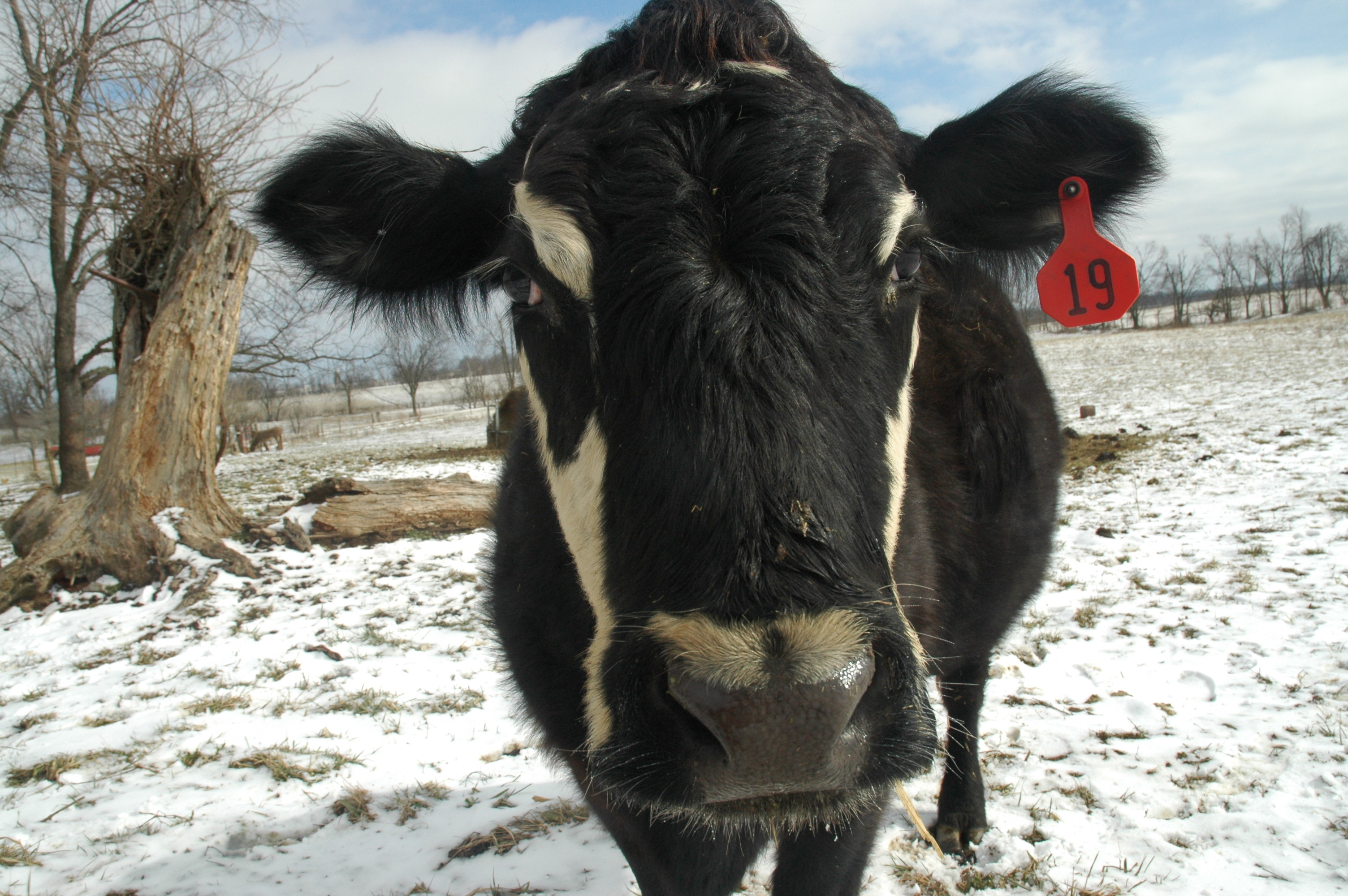This week, the FDA issued a “draft guidance” that in effect asks industrial meat producers to pretty please, at least think about limiting the practice of pumping massive quantities of antibiotics into factory animals meat machines.
The big lobbying groups, predictably, were outraged by this intrusion of mere science into their god-given right to make a bundle at the expense of the world’s health (both animal and human).
Tom Scocca at Slate sums up just how late this is in coming:
Forty-one years after the United Kingdom concluded that feeding antibiotics to healthy animals to make them gain weight could promote drug resistance in bacteria, 12 years after the European Union banned the use of medically important antibiotics in livestock for weight gain, nine years after researchers found widespread antibiotic-resistant salmonella in American ground beef, and four years after the EU banned all feeding of antibiotics to healthy animals, the Food and Drug Administration today issued a “draft guidance” urging “judicious use of medically important antimicrobial drugs” in the American livestock industry.
At Grist Tom Laskawy some excellent background on the issue as well as a slightly more optimistic view. “While this may sound like so much bureaucratese, it represents a strong statement by the FDA and suggests further action is forthcoming.”
This draft, though clearly preliminary and subject to industry feedback, also gives Congress a reason to move forward on legal restrictions knowing that a scientific consensus is forming — though in reality it’s unlikely a law could be passed much before November, if at all.
The question remains just how hard Big Meat will fight this guidance. The FDA wants to bend over backwards to limit problems for livestock producers by phasing in restrictions and taking their concerns into account. But will groups like the Pork Board — which denied the very existence of the problem to CBS News anchor Katie Couric in her blockbuster report on the subject — take the hand the FDA has offered? Or will they bite it?
Or will CAFO operators simply seek to bypass any regulation altogether, by claiming that routine doses of antibiotics are medically necessary to prevent disease in close quarters? I’m contacting an expert on this topic to find out if the FDA’s draft guidance indicates such loopholes will exist, and whether industry will head for them.
We know that subtherapeutic use of antibiotics in livestock is unnecessary. The Danes have, somewhat famously, proved it by banning the practice and significantly reduced the threat of antibiotic resistance with no long-term effects on livestock health or productivity. The American Society of Microbiologists knows it. The FDA does, too. Even over a hundred House members and 17 senators (that being the number of cosponsors attached to the pending legislation) know it. With any luck, the industry will finally get the message.

